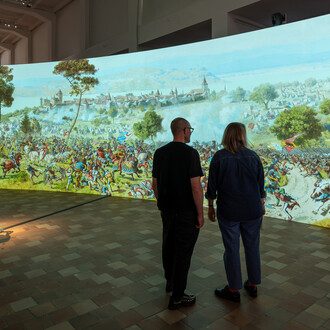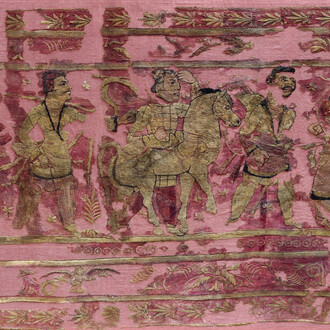Japan has a rich design tradition. And the island nation still inspires today with its abundance of distinctive and outstanding designers. The exhibition Japanese graphic design today at the Museum für Gestaltung Zürich showcases many original works, some never before seen outside of Japan, to offer a fascinating overview of the contemporary Japanese graphic design scene.
Many different graphic languages are encountered in daily life in Japanese cities, running the gamut from whimsical pop culture to an enduring homage to tradition. Apparent opposites coexist and meld to create a coherent visual experience. The works by contemporary graphic designers on view at the Museum für Gestaltung Zürich take part in this push and pull to play a vital role in shaping public space and the urban experience. Some of them draw on elements of Japanese culture that go back thousands of years, reinterpreting them in novel fashion. The result is a dialogue between past and present that makes Japan’s graphics scene particularly dynamic.
Spotlight on today’s Japanese graphic design scene
To what extent does the designers’ practice reflect their own lifeworlds? Are individual forms of expression even still possible at a time when graphic designers everywhere use the same programs and applications? Japanese graphic culture occupies a unique position, disposing over both the Chinese kanji character set and the two syllabaries Hiragana and Katakana, which can be written either vertically or horizontally. Japanese graphic design today presents a cross-section of contemporary design practice, introducing viewers to a diverse array of formal languages that are all part of the constant exchange between today's Japan and globalized society.
Paper walls and tatami mats
With posters, books, packaging, animation, and videos, accompanied by audio recordings and jingles from Tokyo, the exhibition takes visitors on a tour of everyday public life in Japan’s urban spaces. Amid paper walls and lanterns that subtly structure the space, visitors are invited to sit down on tatami mats and immerse themselves in books and the world of graphics in Japan.
















